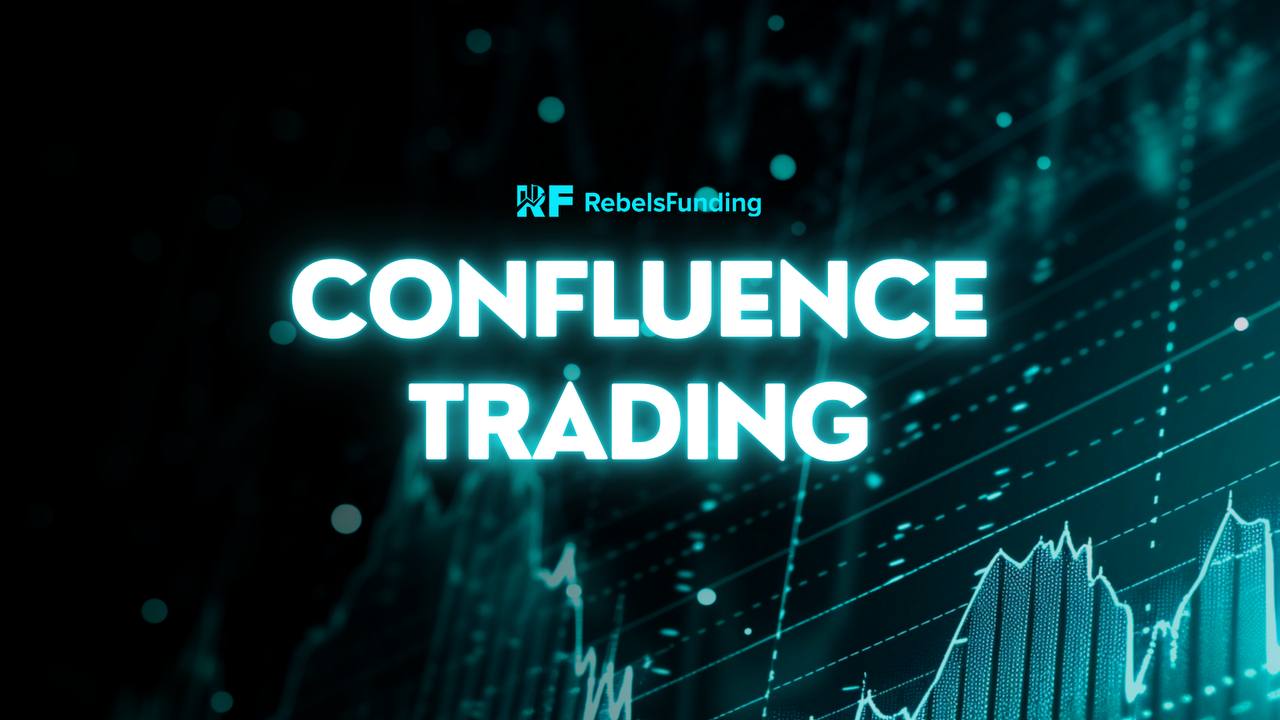Comfort zone and trading
Most traders trade in their comfort zone, which is the routine they are accustomed to in their daily life.
What is the comfort zone? It is a routine in which we feel comfortable, and any change outside of it makes us uncomfortable.
Can a trader be successful if they don’t step out of their comfort zone? Yes, but only when they have expanded their original comfort zone.
So, what does that mean? For most people, their comfort zone is simply getting into a car and driving it to their destination. They feel good and are satisfied that they have everything under control. For those who cannot drive, their comfort zone is getting up in the morning and staying at work until the end of the shift. They know that if they are not there, something unpleasant may happen.
The comfort zone is simply associated with a pleasant routine that we have under our control.
Most people approach trading in the same way, which means that most traders turn trading into something they feel comfortable with and have under control right from the start. This sounds reasonable and looks like this:
I’ll find at least 5 reasons to go long from the crossing of oscillators to someone else who goes long, I’ll open it and watch how it develops until the end, and if necessary, I’ll do something about it.
In short, I feel good because my decision had many reasons to be correct, and I still have it under control because I’m looking at it for at least 18 hours straight. I associate unpleasant feelings in cases where it moves in the opposite direction with the fact that I need to exit my comfort zone to succeed, so I train and try to keep it all under control and without emotion.
However, there are no cars or buses to work on the markets. Large trains run on the market that most of us cannot control, let alone have control over the conductor and the entire train for our better feelings. So, the only thing we can do is get on that train and let it take us somewhere with fear in our eyes, without trying to gain control over the conductor and the whole train for our better feelings.
And what does that mean then? To be successful in trading, a person needs a lot, but it’s not as much as we might think. First of all, we need to step out of our comfort zone and do dozens of things that we don’t want to do and have nothing to do with direct trading on the chart, where we can feel so good. Then, when we finally get the chance to open a trade and feel really good, we have to give up the opportunity to control everything and let it flow freely, knowing that we will spend time doing something we don’t want to do and let ourselves be taken to the final destination, which may not be where we expect.
Simply put, if the right opportunity comes along that meets the conditions I have set for myself because it suits me, then everything ends for me, regardless of how many hours, days, weeks, or months the trade will run. At the beginning, you will twist and turn to check the price on your mobile phone at least a few times a day, then you will only be anxious during important news, and eventually you will stop being anxious altogether, expand your comfort zone to a level that makes sense in the market, understand what trading without emotion means, and finally enjoy the benefits of trading in its full glory. Otherwise, you will feel like a boss in front of the chart and it will feel fine at first, but you will almost certainly never be successful.
One of the best ways to expand your comfort zone is to trade on funded accounts for a prop firm. On paid demo accounts, you practice your technique and management over and over again and prepare for the responsibility and capital you will receive when you successfully pass each phase. On funded accounts, you follow the same rules, expand your comfort zone, and receive a sweet reward in the form of commissions from profits that you would never achieve with your own capital.



